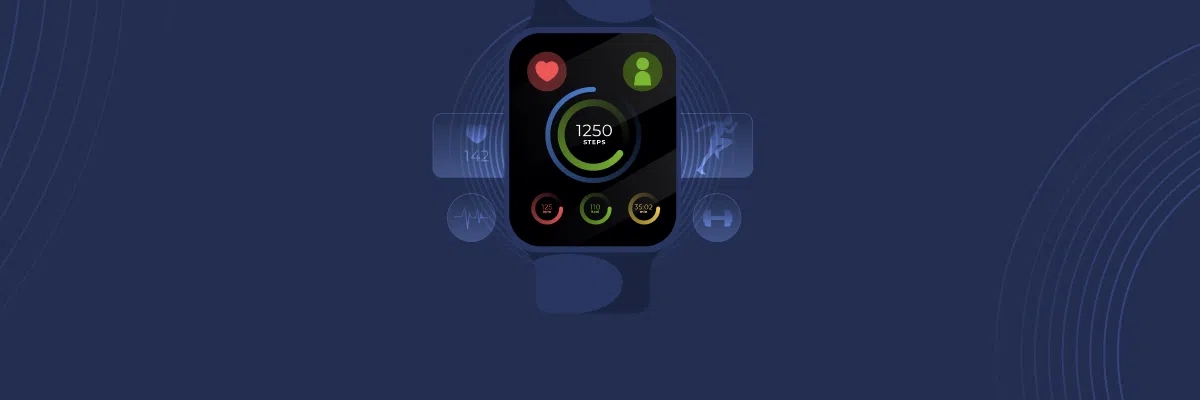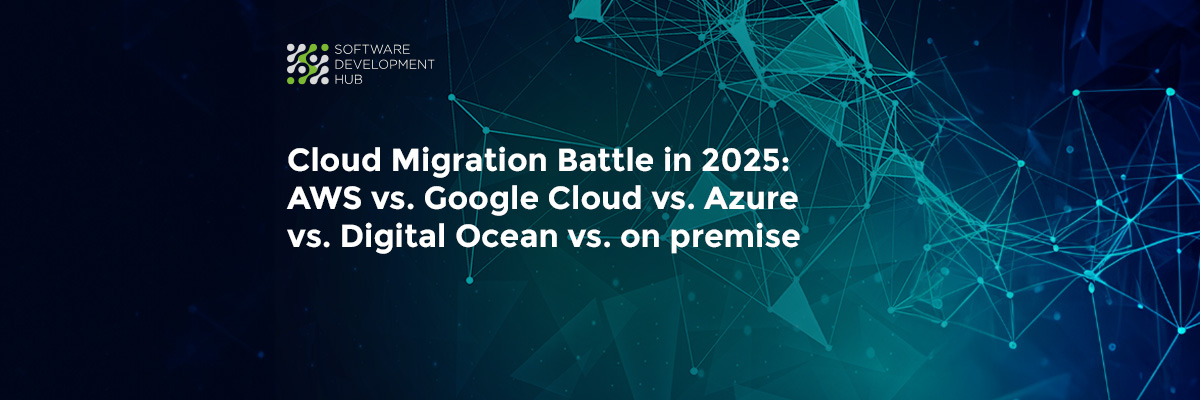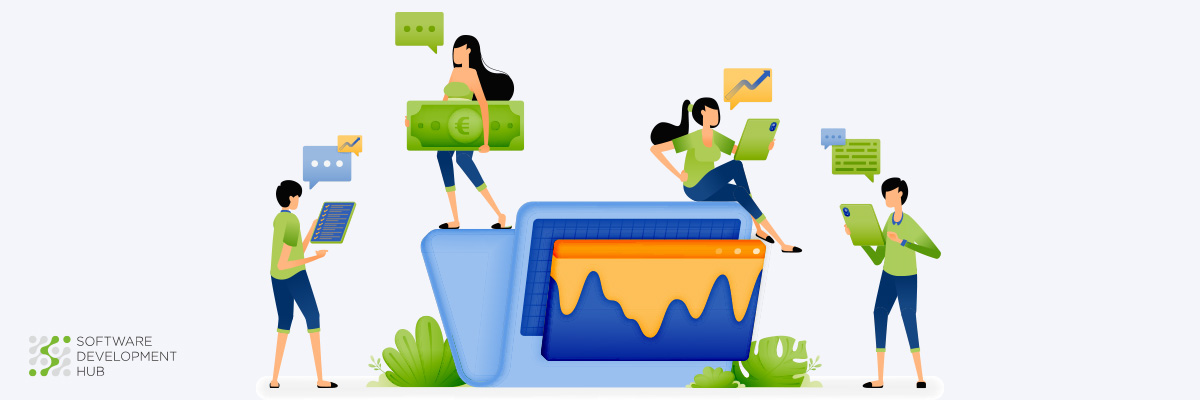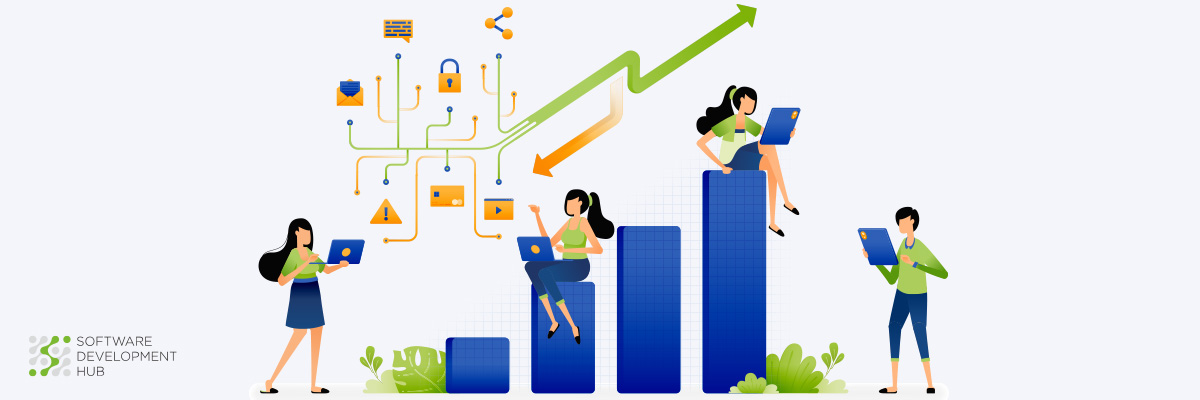Predictive Medicine with IoT Wearables
At the moment, the market for IoT devices has reached an unprecedented size. But, despite this, every year this industry continues to expand. According to global market statistics, the growth of IoT devices amounts to 8% per year on average. After the world faced the Covid-19 pandemic, IoT wearable technology proved to be an excellent tool for monitoring the patient's condition and helping in the fight against this disease. At the present time, the range of applications of such technology has become much broader. Therefore, we can see many types of these devices in the healthcare sphere, and they are used for different purposes. But despite everything, the main focus of IoT applications remains Predictive Medicine.
What is predictive medicine?
The concept of predictive medicine is quite different from the traditional one, where people are treated only when they are really sick. Therefore, more and more medical workers all over the world are becoming convinced that predictive medicine is the future.
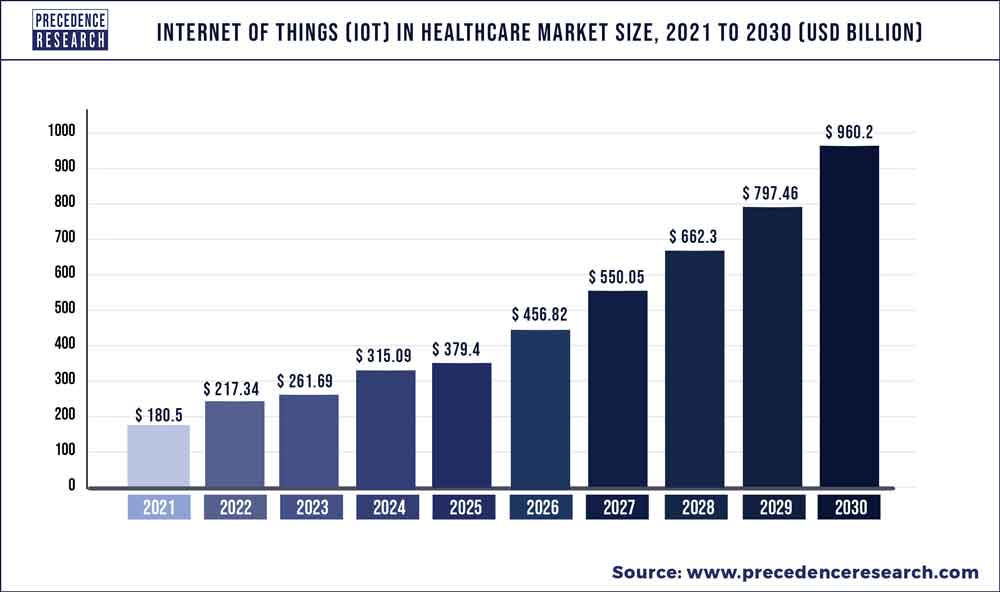
Internet of Things (IOT) in Healthcare Market Report 2022-2030
This approach involves constant monitoring of the patient's health with the help of wearable devices and similar tools. That is, such devices constantly monitor the person's indicators and store these data in the local or cloud data storage. These can be such indicators as heartbeat, blood pressure, oxygen levels and other more specialized ones. In case any of them are not as usual, the device transmits this data to the doctor via a special application. According to the received data, the medical worker, in his turn, can predict the emergence of a new disease or its exacerbation, or vice versa the recovery of the person.
Such a medical approach is very convenient in terms of interaction between the patient and the doctor at a distance. Sometimes it is even possible to meet cases when a doctor can prescribe a certain medicine on the basis of the data, obtained with an IoT device. According to statistics, such a method will help to reduce the level of disease in the world by more than a half.
6 most common examples of medical wearable devices
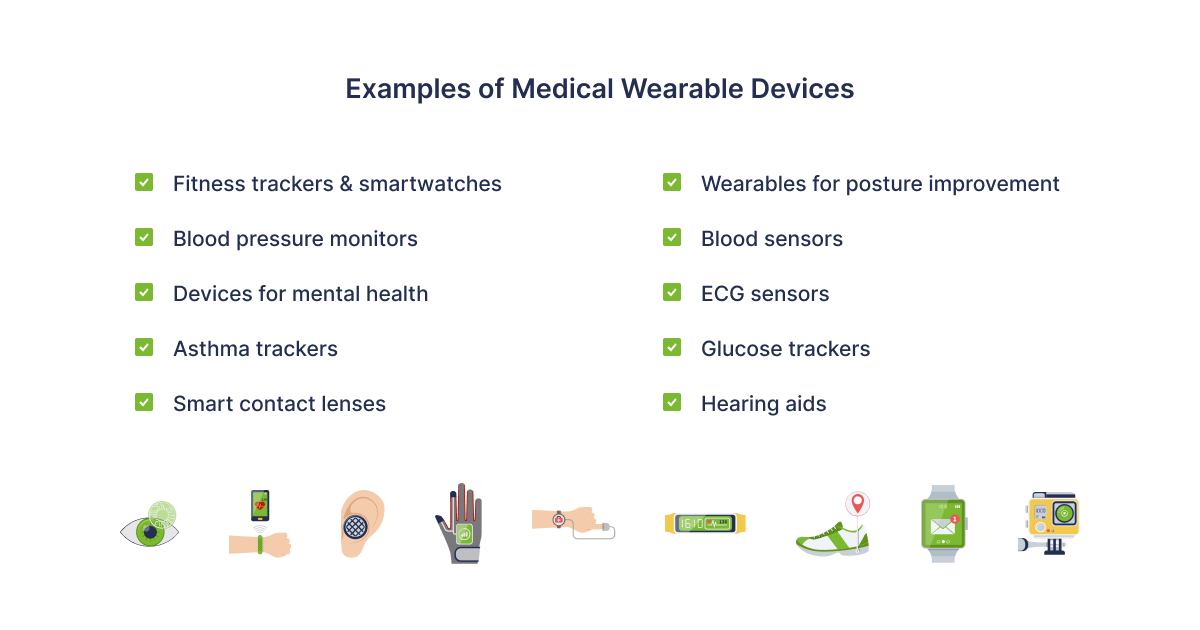
Smart Watches
If you think you've never encountered IoT wearable devices in your life, think again! Any smart watches, such as Apple Watch, can fall well into the category mentioned above. Such devices are capable of monitoring your heart rate, activity level, as well as notify you of the number of calories burned and sleep quality. Some smartwatch models also have an automatic emergency call for first aid, if a person has been motionless for a long time and his or her parameters are out of the norm.
Read also: How Internet of Things Makes Business Smarter
Hearing aids
At the moment, hearing aids are some of the most commonly used wearable devices. Of course, they do not transmit data about your health condition to doctors and do not help in the fight against illness. But, they do allow the user with a hearing problem to have a better sense of the world around them. Modern models of such devices may look sleek and even stylish.
Blood pressure monitors
As you may know, blood pressure problems can signal a variety of serious illnesses, including not only hypertension but also kidney problems, hypothyroidism, thyrotoxicosis, stenosis and others. By monitoring your blood pressure with the help of IoT solutions, you can prevent such diseases from progressing.
Glucose level trackers
Such devices are an excellent substitute for the traditional way of measuring sugar levels by puncturing your fingers several times a day. This category of gadgets is connected to the person (usually to the arm) and automatically measures blood sugar level throughout the day. Also it transmits the data to a special application and notifies about deviations. These solutions have enough battery in them for about six months use and are very convenient for diabetics.
Check the Diahero application which was developed by the SDH team
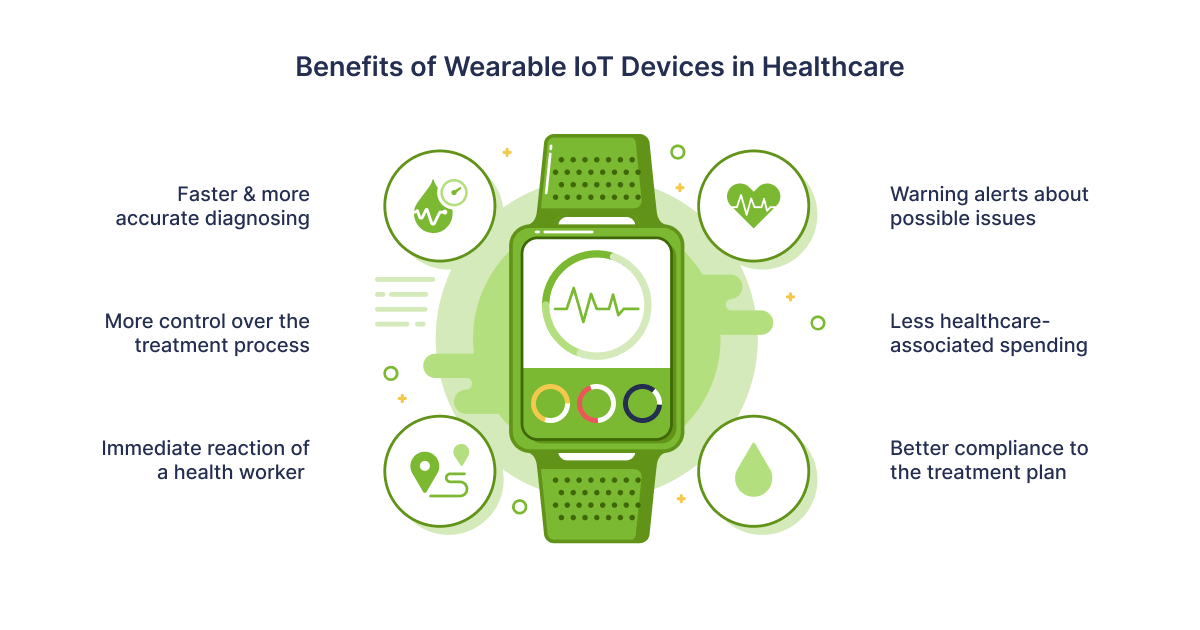
ECG monitoring devices
For people who have problems with their heart or are prone to related diseases, it is very important to monitor their heartbeat parameters. IoT devices that are designed to do this can even automatically perform an electrocardiogram and send it to your doctor. In general, such devices can replace specialized medical equipment which can be accessed only in hospitals.
Wearable devices for improving posture
The problems of slouching and spinal protrusions are very common in recent times because of the sedentary lifestyle of most people. But, the Internet of Things offers many options to help you fight the problem of slouching and prevent more serious conditions that require surgery. Such devices, in most cases, are attached to your spine and straighten it out on their own, or just remind you to keep your back straight with the help of sound or vibrations. In addition, there are products that can relieve you of back pain with a massage function.
Medical IoT Software Development Company
If you're looking for a reliable partner to develop a solution that will help millions of people to be healthy, contact Software Development Hub! SDH is a company that has extensive experience in custom healthcare software development and IoT software development. That's why we will definitely be able to help you turn your idea into reality.
One of the examples of our projects is the RMDS app, which is designed for remote medical diagnostics and health monitoring. Using various connected devices, people can monitor data about the progress of their treatment and rehabilitation, as well as provide access to this information to doctors. Everything is securely stored in cloud storage and can be accessed at any time.
Another out case of IoT software creating is telehealth medical diagnostic system IDIS ®. It is a cloud AI-driven IoT solution for remote patient diagnosis to collect, transmit and interpret patient vital signs data at a distance:
- 120K+ diagnostic results on data cloud (2020);
- 18 connected medical devices for diagnostics;
- AI-driven for doctor decisions.
Write to us for consultation and detailed design of the project plan. We are ready for work of any complexity, because our main goal is high-quality results and satisfied clients!
Categories
About the author
Share
Need a project estimate?
Drop us a line, and we provide you with a qualified consultation.

